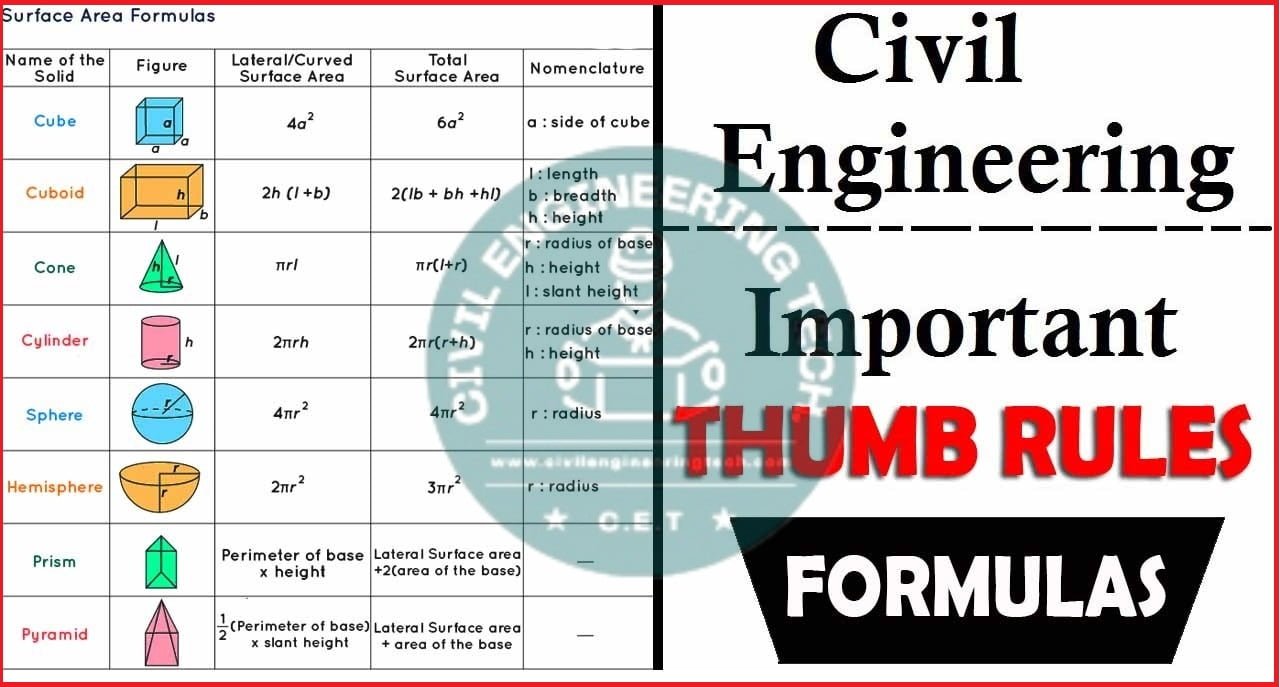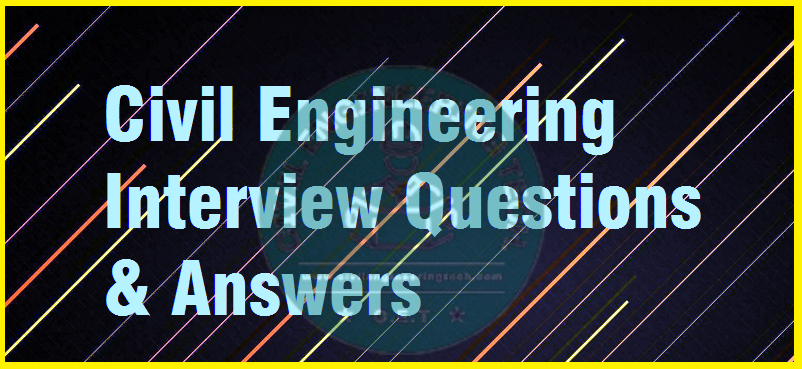
Classification of Road Markings
What is The Road Marking?
Road markings serve the fundamental role of directing and managing traffic flow on a roadway, complementing the role of traffic signs. Classification of Road Markings.

The markings act as a psychological barrier and indicate the demarcation of the traffic path and its lateral clearance from traffic hazards to facilitate the safe movement of traffic. Therefore, they are crucial in ensuring the safe, efficient, and orderly flow of traffic.
Classification of the Road Markings
Road markings refer to lines, patterns, words, or other devices, excluding signs, that are placed on or attached to the road surface or curbs, or on objects near the road, to control, warn, guide, and inform users. These markings are categorized as longitudinal, transverse, object markings, and more.
Read More
How To Measurement of Horizontal Distance Using Auto Level
Method Of Statement for Survey Works
How To Calculate the Quantity Of Concrete Volume Of Staircase
(1) – Longitudinal Road Markings
Longitudinal markings are positioned in the direction of traffic on the road surface to signal to the driver their correct position on the road.

Various kinds of longitudinal markings include center lines, traffic lanes, no passing zones, warning lines, border or edge lines, bus lane markings, and cycle lane markings.
(a) Centerline
The centerline divides the two directions of traffic flow and aids in their navigation. Typically, roads with a width of less than 5 m and those with more than four lanes do not have a center line. A center line can be indicated by a single broken line, single solid line, double broken line, or double solid line, based on the specific road & traffic needs.
(b) Traffic lane lines
Dividing wide carriageways into separate lanes on each side assists drivers in maintaining a straight path and reduces the likelihood of drifting. At junctions, these lane markings prevent confusion and aid in making turns. Consequently, traffic lane delineations contribute to enhancing road capacity and promoting safety.
Read More
Find out the quality of Cement on the site
Deflection Angle in Surveying
What is Difference between Plinth Beam and Tie Beam
Bar bending schedule for footing
(c) No. Passing Zones
No overtaking is allowed on summit curves, horizontal curves, and on two-lane and three-lane highways where sight distance is limited. This is indicated by a solid yellow line along the center or a double yellow line.
(d) Warning lines
Warning lines are designed to alert drivers to approaching obstructions. They are placed on the horizontal and vertical curves where visibility exceeds the specified criteria for no-overtaking zones. These lines consist of broken segments, each 6 meters in length with a Three – meter gap. The minimum of seven segments should be provided.
(e) Edge lines
The Edge lines delineate the boundaries of rural roads without kerbs, marking the safe limits for drivers. These lines should be positioned a minimum of 150 mm away from the pavement’s edge and are typically painted in yellow or white.
(2) – Transverse Road markings
Transverse markings are applied perpendicular to the flow of traffic. They are typically found at intersections and other key points. Site conditions are a crucial factor in determining the placement of these markings.
Read More
How to Create the Bar Bending Schedule Of Slab
Basics Of Land Surveying
Derivation of formula to set out the curves by the method of ordinates from a long chord
Estimation of the Material for Concrete
Components of Road Structure
The road markings at a specific intersection are determined by various factors, including the speed of traffic, available space, and other variables. Examples of markings found at intersections include stop lines, pedestrian crossing markings, and directional arrows.
(a) Stop line
The stop line serves as a boundary that vehicles must not cross when instructed to stop by traffic signals or law enforcement. It is the typically positioned parallel to the intersecting road or perpendicular to the flow of the traffic.
(b) Pedestrian Crossings
Pedestrian crossings are strategically placed in areas where there is a high level of conflict between vehicles and pedestrians. The location should be chosen in a way that minimizes inconvenience for pedestrians while also ensuring minimal disruption to vehicular traffic.
(c) Directional Arrows
Furthermore, directional arrows must be employed to direct drivers in advance to the appropriate lane when approaching congested intersections, in addition to the warning lines on approaching lanes.
(d) Object Marking
Physical obstacles on a roadway such as traffic islands or obstacles close to the roadway like signal posts, piers, etc. pose a significant danger to the traffic flow and must be properly indicated. They can be marked on the structures next to the roadway.
Other Post
What is contour interval and Uses of contour maps in surveying
how to Calculate the height of an object using With theodolite
Concrete Slump Test workability Procedure and result
What is Best Practice in the Construction
Thumb rule for Civil Engineers
How To Calculate the Asphalt Quantity For Road
What Is The RCC Concrete And Properties of RCC Concrete





